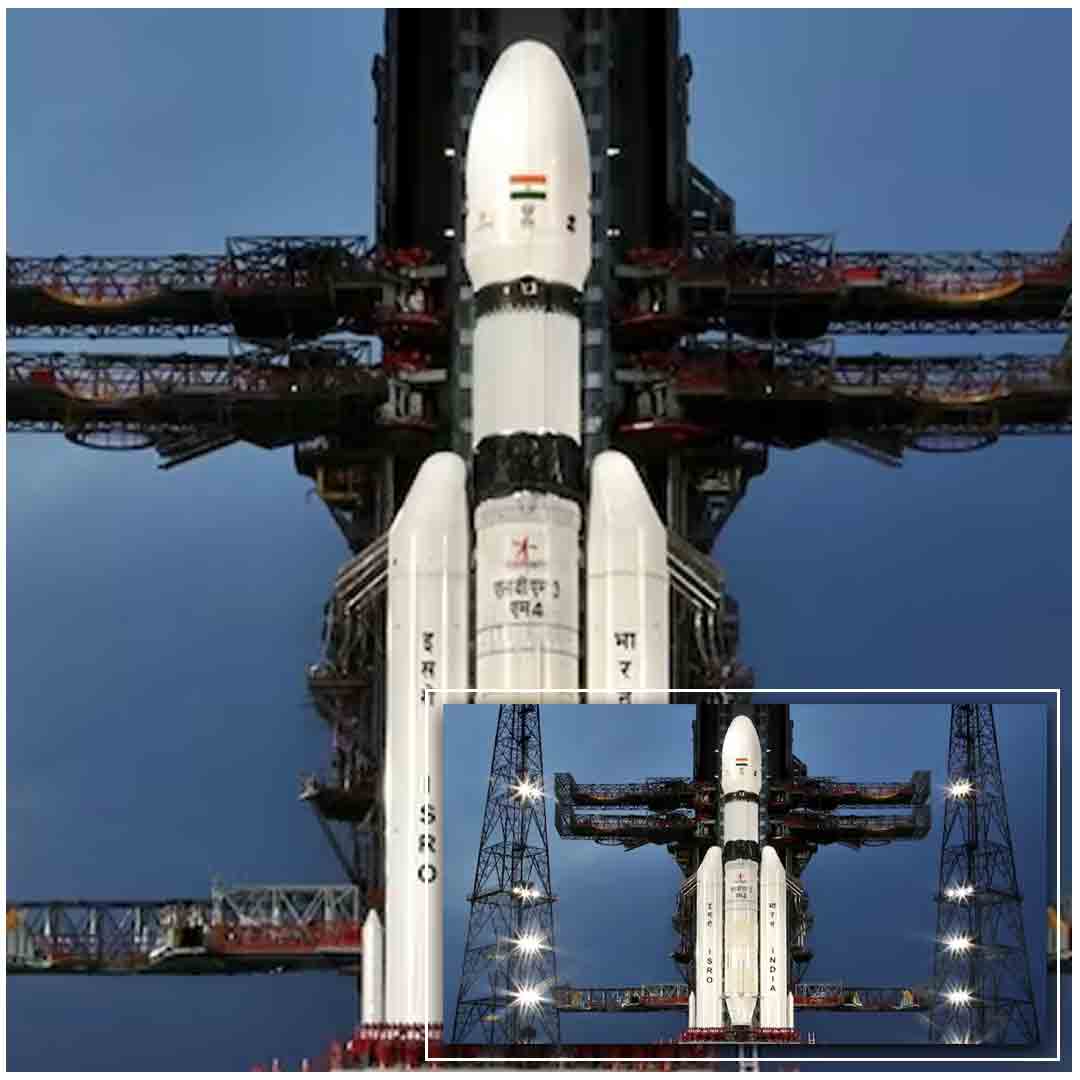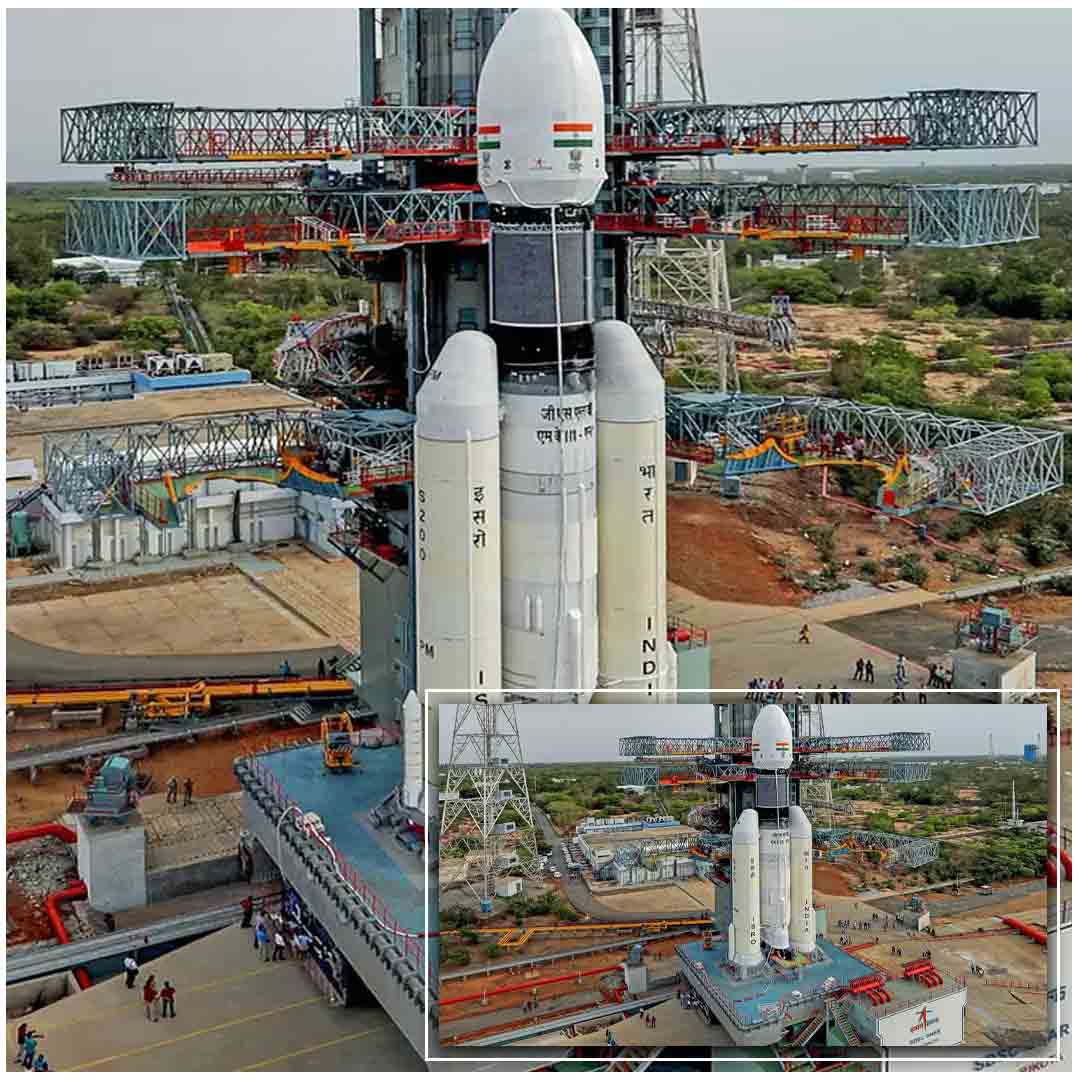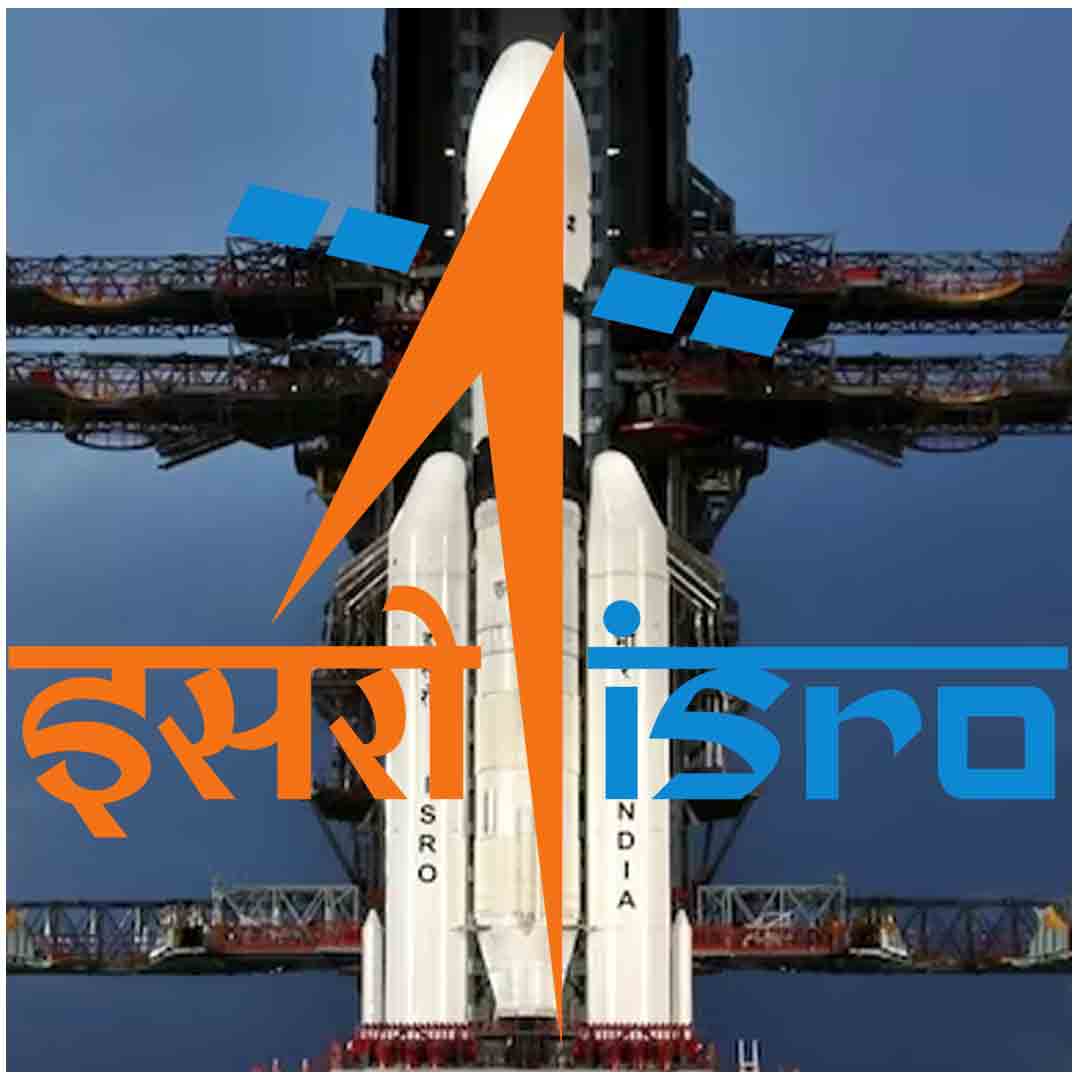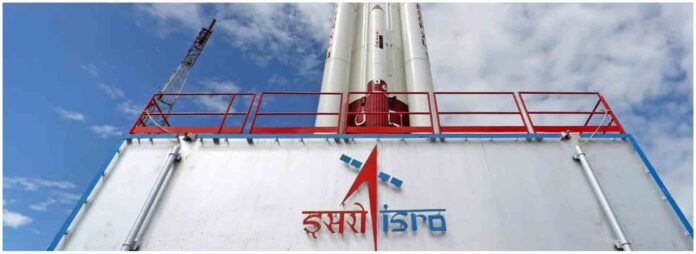India is all set to launch its third lunar mission, Chandrayaan-3, on July 14, 2023, from the Satish Dhawan Space Centre in Sriharikota. The Indian Space Research Organization (ISRO) has successfully completed the launch rehearsal of the mission, simulating the entire launch preparation and process for 24 hours.

What is Chandrayaan-3?
Chandrayaan-3 is a follow-up to Chandrayaan-2, which was launched in 2019 but failed to achieve a soft landing on the lunar surface due to a technical glitch. Chandrayaan-3 aims to demonstrate the end-to-end capability of safe landing and roving on the Moon.
The mission consists of a propulsion module, a lander module and a rover module. The propulsion module will carry the lander and rover to the lunar orbit and then separate from them. The lander will have the capability to soft land at a specified site near the lunar south pole and deploy the rover, which will carry out in-situ chemical analysis of the lunar surface. The lander and rover have scientific payloads to carry out experiments on the Moon.
The mission will also have a unique payload called SHAPE (Spectro-polarimetry of Habitable Planet Earth), which will study Earth’s spectral and polarimetric measurements from the lunar orbit. This payload is intended to help understand Earth’s habitability and climate change.

Why is Chandrayaan-3 important?
Chandrayaan-3 is important for several reasons. First, it will showcase India’s technological prowess and scientific ambition in space exploration. Second, it will provide valuable data and insights on the lunar surface, especially the south pole region, which is of great interest for future exploration and utilization. Third, it will contribute to the global efforts of understanding the origin and evolution of the Moon and its relationship with Earth.
Chandrayaan-3 is also important for ISRO’s future plans, such as sending humans to space, establishing a permanent lunar base and exploring other planets like Mars and Venus.
What are the challenges and opportunities of Chandrayaan-3?
Chandrayaan-3 faces several challenges and opportunities in its journey to the Moon. Some of the challenges are:
• Achieving a precise and controlled landing on a rugged and uneven terrain
• Surviving the extreme temperatures and radiation on the lunar surface
• Communicating with Earth through a relay satellite
• Operating the rover autonomously and efficiently
• Ensuring the safety and reliability of the spacecraft systems
Some of the opportunities are:
• Exploring a new and uncharted region of the Moon
• Discovering new resources and phenomena on the lunar surface
• Testing new technologies and capabilities for future missions
• Inspiring young minds and fostering scientific curiosity
• Collaborating with other space agencies and partners
What are the next steps for Chandrayaan-3?
ISRO has completed the mission readiness review (MRR) for Chandrayaan-3 and has authorized the launch. The countdown for the launch will begin from Thursday, July 13. The launch window is between 2:35 p.m. and 2:45 p.m. IST on July 14.

The launch vehicle for Chandrayaan-3 is LVM3 (Launch Vehicle Mark-III), which is India’s most powerful rocket. It can carry up to 8 tones of payload to low Earth orbit or 4 tones to geostationary transfer orbit. It has three stages: two solid boosters, a liquid core stage and a cryogenic upper stage.
The launch sequence will last for about 16 minutes, after which Chandrayaan-3 will be injected into an elliptical orbit around Earth. The spacecraft will then perform several orbit-raising maneuvers using its propulsion module to reach the vicinity of the Moon in about 45 days.
Once Chandrayaan-3 reaches the lunar orbit, it will perform orbital maneuvers to lower its altitude and inclination. It will then separate from the propulsion module and initiate its powered descent phase. The lander will use its thrusters to reduce its speed and altitude until it reaches a height of about 100 meters above the surface. It will then hover for a few seconds to identify a suitable landing site and then touch down softly.
After landing, the lander will deploy its solar panels and antennas and establish communication with Earth through a relay satellite called Chandravani, which was launched along with Chandrayaan-2 in 2019. The lander will then deploy its ramp and release the rover, which will roll out onto the surface.
The rover will communicate with the lander through radio links and receive commands from Earth through the lander. The rover will move around on six wheels and use its cameras and instruments to collect and transmit data. The rover will have a lifespan of 14 Earth days, while the lander will have a lifespan of one lunar day (about 14 Earth days).
ISRO will share more information about Chandrayaan-3 in a live Twitter Spaces chat on Friday, July 14.






















